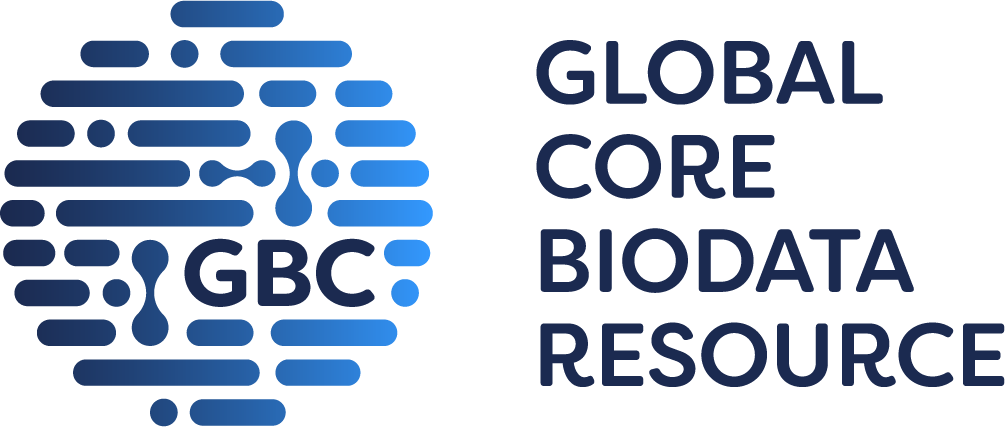Any feedback?
Literature summary extracted from
- Biochemical and structural analysis of the Bacillus subtilis ABC transporter OpuA and its isolated subunits (2005), J. Mol. Microbiol. Biotechnol., 10, 76-91.
Activating Compound
| EC Number | Activating Compound | Comment | Organism | Structure |
|---|---|---|---|---|
| 7.6.2.9 | additional information | nucleotide-binding protein domain not stimulated by glycine betaine | Bacillus subtilis | |
| 7.6.2.9 | negatively charged lipid | - |
Lactococcus lactis | |
| 7.6.2.9 | phosphate ion-containing buffer | - |
Lactococcus lactis |
Application
| EC Number | Application | Comment | Organism |
|---|---|---|---|
| 7.6.2.9 | additional information | osmotic control of the OpuA operon allows the cell to sensitively adjust the number of the OpuA transporter to the physiological need of the cell | Bacillus subtilis |
Cloned(Commentary)
| EC Number | Cloned (Comment) | Organism |
|---|---|---|
| 7.6.2.9 | nucleotide-binding protein domain cloned as an N- or C-terminal His-tagged fusion protein and overexpressed in Escherichia coli BL21 (DE3) under the control of an arabinose-inducible promoter, overexpression of the transmembrane domain only possible in Walker strains BL21(DE3)C41 and C43 under the control of an ITPG- or arabinose-inducible promoter as N- and C-terminal His- and Strep-tagged versions | Bacillus subtilis |
Crystallization (Commentary)
| EC Number | Crystallization (Comment) | Organism |
|---|---|---|
| 7.6.2.9 | substrate-binding domain in complex with glycine betaine solved at 2.0 A resolution and in complex with glycine proline at 2.8 A resolution | Bacillus subtilis |
Protein Variants
| EC Number | Protein Variants | Comment | Organism |
|---|---|---|---|
| 7.6.2.9 | additional information | deletion of the various Opu transport systems prevents thermoprotection by compatible solutes | Bacillus subtilis |
Localization
| EC Number | Localization | Comment | Organism | GeneOntology No. | Textmining |
|---|---|---|---|---|---|
| 7.6.2.9 | cytosol | nucleotide-binding domain of the enzyme | Bacillus subtilis | 5829 | - |
| 7.6.2.9 | membrane | transmembrane domain | Bacillus subtilis | 16020 | - |
| 7.6.2.9 | membrane | transmembrane domain fused to the substrate-binding domain | Lactococcus lactis | 16020 | - |
| 7.6.2.9 | periplasm | substrate-binding protein domain | Bacillus subtilis | - |
- |
Metals/Ions
| EC Number | Metals/Ions | Comment | Organism | Structure |
|---|---|---|---|---|
| 7.6.2.9 | K+ | K+ binding site within the nucleotide-binding protein domain, stimulation of the nucleotide-binding protein domain 4fold higher than with Na+ | Bacillus subtilis | |
| 7.6.2.9 | Mg2+ | essential for effective binding | Bacillus subtilis | |
| 7.6.2.9 | Na+ | stimulation of the nucleotide-binding protein domain 4fold lower than with K+ | Bacillus subtilis |
Organism
| EC Number | Organism | UniProt | Comment | Textmining |
|---|---|---|---|---|
| 7.6.2.9 | Bacillus subtilis | - |
- |
- |
| 7.6.2.9 | Lactococcus lactis | - |
- |
- |
Purification (Commentary)
| EC Number | Purification (Comment) | Organism |
|---|---|---|
| 7.6.2.9 | by affinity tag as first step and gel filtration | Bacillus subtilis |
Substrates and Products (Substrate)
| EC Number | Substrates | Comment Substrates | Organism | Products | Comment (Products) | Rev. | Reac. |
|---|---|---|---|---|---|---|---|
| 7.6.2.9 | ATP + H2O + glycine betaine/out | - |
Bacillus subtilis | ADP + phosphate + glycine betaine/in | - |
? | |
| 7.6.2.9 | ATP + H2O + proline betaine/out | - |
Bacillus subtilis | ADP + phosphate + proline betaine/in | - |
? |
Subunits
| EC Number | Subunits | Comment | Organism |
|---|---|---|---|
| 7.6.2.9 | dimer | nucleotide-binding protein domain, displays lower ATPase activity than the dimeric form | Bacillus subtilis |
| 7.6.2.9 | monomer | nucleotide-binding protein domain, displays higher ATPase activity than the dimeric form | Bacillus subtilis |
Synonyms
| EC Number | Synonyms | Comment | Organism |
|---|---|---|---|
| 7.6.2.9 | OpuA | - |
Bacillus subtilis |
| 7.6.2.9 | OpuA | - |
Lactococcus lactis |





